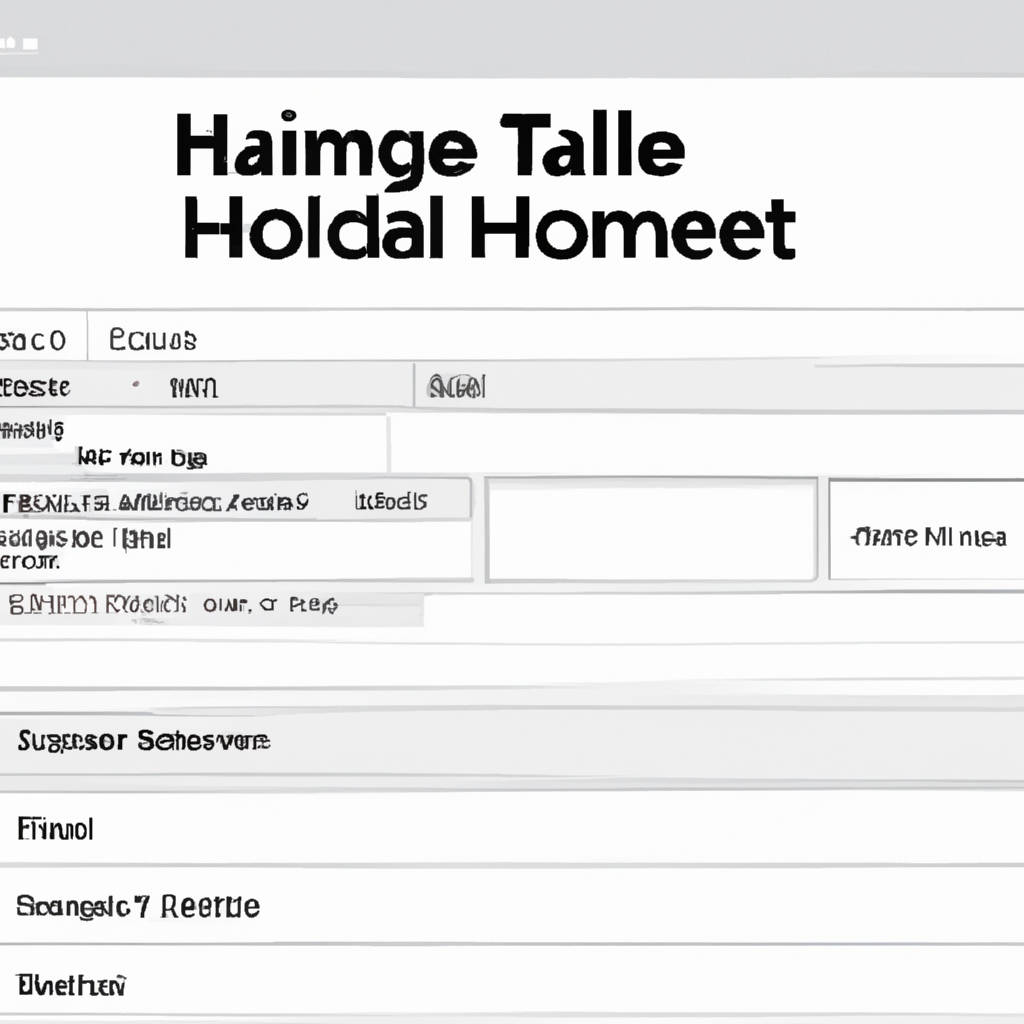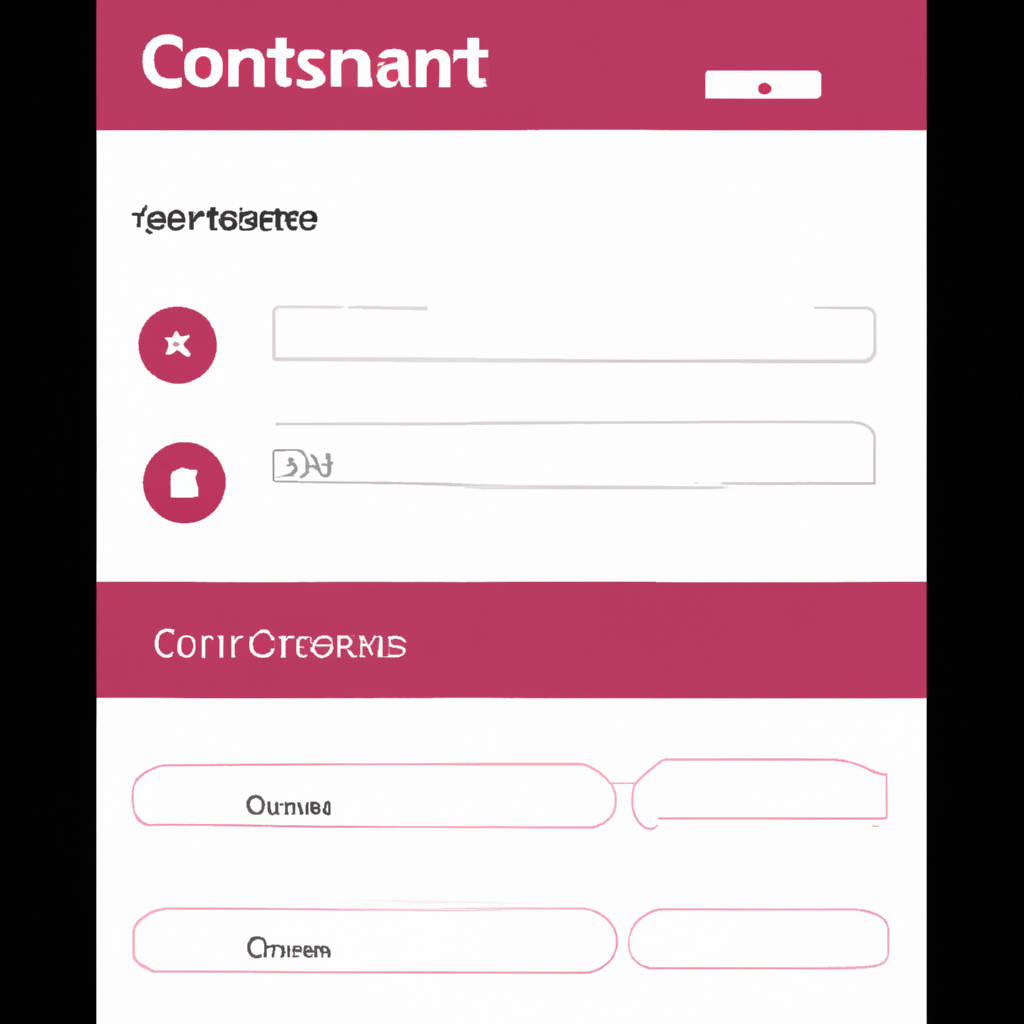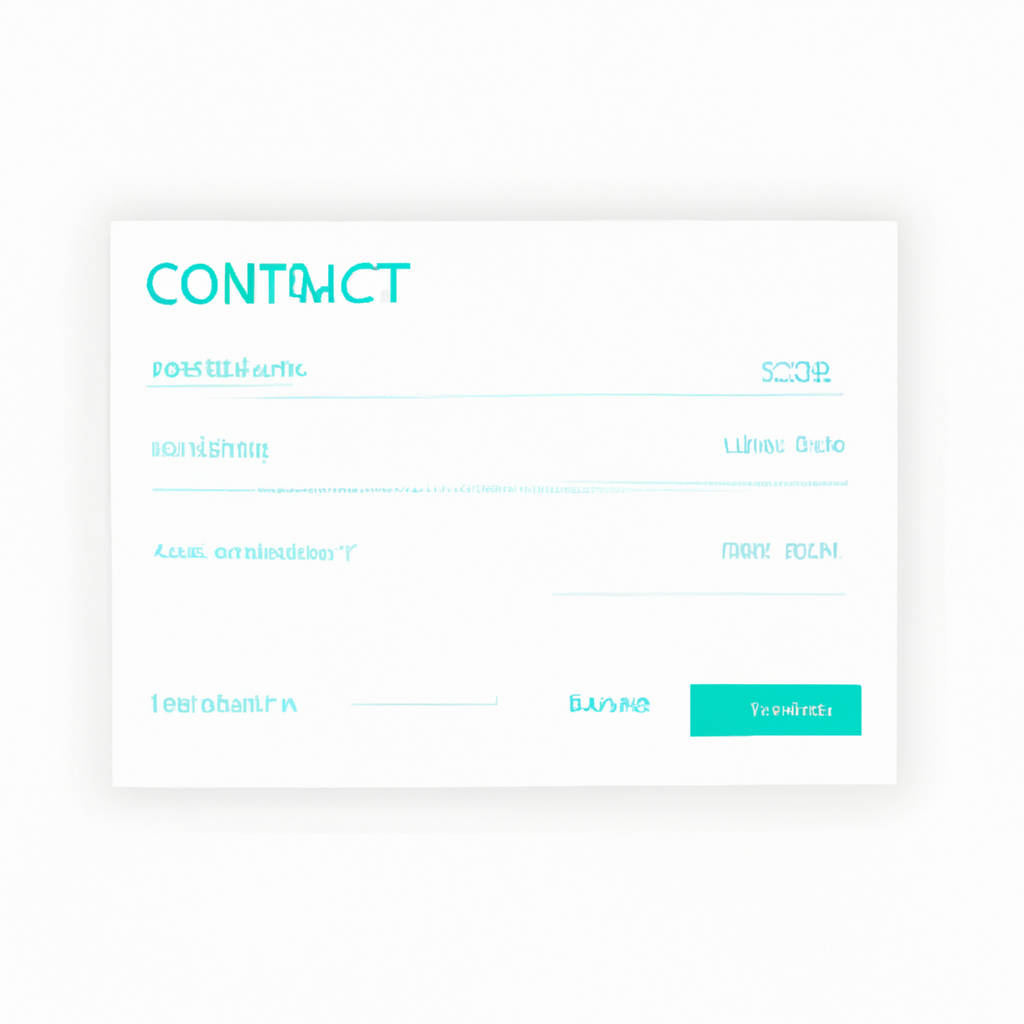Creating a contact form for your website can be a daunting task, especially for beginners. However, HTML contact form code snippets can streamline the process significantly. These pre-written bits of code can be easily integrated into your site, eliminating the need for extensive programming knowledge. They’re designed to be clean and efficient, ensuring your website runs smoothly and effectively. These code snippets can be customized to fit your specific needs, allowing you to create a form that perfectly suits your website’s aesthetic and function.
Whether it’s a simple name and email submission form or a more detailed questionnaire, there’s a multitude of HTML contact form code snippets available to help you create the perfect form. They provide a reliable, professional solution that enhances user experience and boosts your site’s functionality. This not only saves valuable time but also allows you to focus on other essential aspects of your website. Utilizing clean HTML contact form code snippets is a practical approach that ensures your website remains accessible, user-friendly, and efficient. It’s an invaluable tool for anyone seeking to create a successful and fully functional online platform.

Basic Contact Form
A basic contact form is an essential element for every website, serving as the main touchpoint for interaction between the website owner and visitors. It is generally designed to gather vital information from visitors, such as their name, email address, subject of inquiry, and any message they want to convey. This data collection tool is crucial in establishing open lines of communication, fostering relationships, and enabling efficient feedback collection.
The simplicity of a basic contact form makes it user-friendly and easy to navigate. Its typically minimalist design avoids unnecessary confusion, reducing the chance of errors in information input. Basic contact forms often include safeguards to protect both the website owner and the visitor. For example, they may ensure that the email address provided is valid or that the message doesn’t contain any harmful content.
When a visitor fills out a contact form, their information is typically stored in a database and an email notification is sent to the website owner. This instant notification allows for prompt responses, enhancing customer service and satisfaction. In addition, the data collected can be used to build a contact list for email marketing campaigns, leading to potential business growth.
However, it’s important to handle the information collected through a basic contact form with care to respect the privacy of the website visitors. Many countries have data protection regulations that must be adhered to, ensuring that collected data is not misused.
In conclusion, a basic contact form serves as a bridge between website owners and visitors, facilitating effective communication and improving overall user experience. While its design may be simple, its role in collecting valuable visitor data, enhancing customer service, and potentially driving business growth should not be underestimated.
Stylish Contact Form with CSS
Creating a stylish contact form with CSS is a vital element in designing an interactive and engaging website. A contact form is a crucial feature as it facilitates communication between the site owner and the visitors. With CSS (Cascading Style Sheets), one can enhance the visual appeal of these forms beyond the traditional bland and plain designs. CSS allows designers to customize the form’s elements such as text fields, submission buttons, dropdowns, checkboxes, and even error messages. Designers can alter colors, fonts, sizes, and form layouts to match the overall aesthetic of the website. A well-designed contact form not only resonates with the site’s theme but also encourages users to interact and engage, thereby boosting user experience. Moreover, CSS also allows the creation of responsive forms that adapt to various screen sizes, ensuring a seamless experience for users across devices. Therefore, leveraging CSS for styling contact forms significantly contributes to enhancing the overall look, feel, interaction, and user experience of a website.

Responsive Contact Form with Bootstrap
A Responsive Contact Form with Bootstrap refers to a web form that is designed to be adaptable and visually appealing across various devices, such as smartphones, tablets, and desktop computers. Bootstrap is a popular front-end framework that developers utilize to create responsive and mobile-first websites. By using this framework, developers can create contact forms that look professional, are easy to navigate and importantly, adjust fluidly to the screen size of the device being used.
This responsiveness ensures that users have a seamless experience when filling out the form, regardless of the device they choose to use. This adaptability is a critical aspect of modern web design, as it enables a website to cater to a broader audience and thus, increase user engagement. A Bootstrap contact form typically includes fields for the user’s name, email address, phone number, and a space for their message.
It may also include additional features such as a dropdown menu or checkboxes. The form sends the filled in data to a server, which can then be used to respond to user queries, collect feedback, or other purposes. Using Bootstrap to create a responsive contact form can significantly enhance the user interface and overall user experience of a website. As a result, it contributes to improved user satisfaction and increased website traffic.
Minimalistic Contact Form
A Minimalistic Contact Form is a streamlined and simplified method of communication designed to facilitate efficient interactions between a user and a business or service. This type of form often features only the most essential fields to be filled out, such as name, email, and message content. By condensing these elements, the form optimizes user experience by reducing potential friction or confusion during the process of inputting information.
The design of a minimalistic contact form aligns with the concept of minimalism, where less is more. This design philosophy promotes simplicity and clarity, removing unnecessary clutter that could detract from the primary purpose of the form. The appeal of minimalistic contact forms lies in their direct and user-friendly nature, which can increase engagement and encourage users to complete the form. The goal is to make the process as intuitive and straightforward as possible, removing any barriers that may discourage a user from reaching out.
In addition to enhancing user experience, minimalistic contact forms can also benefit businesses by streamlining data collection and management. By only requesting pertinent information, companies can focus on the most relevant data and simplify their follow-up processes. Minimalistic contact forms represent a balance between functionality and aesthetic appeal, embodying the principle that simplicity can often lead to greater efficiency and effectiveness.

Conclusion
A conclusion is an integral part of any discourse, be it a debate, an essay, a research paper, or a formal presentation. It presents the summary of the points discussed throughout, offering a final viewpoint or verdict on the topic at hand. The power of a well-crafted conclusion lies in its ability to tie together all the different strands of an argument or analysis, and provide a succinct and compelling final statement that prompts further thought. It is not merely a rehashing of the points already made, but a thoughtful synthesis of these points that brings a sense of closure to the reader or listener.
A conclusion, like a bookend, is vital for holding the structure of the discourse together. It is the finale that leaves the audience with a lasting impression; therefore, it should be impactful and articulate. It is often the part that people remember the most, hence, it should be handled carefully and professionally. In an academic setting, it is usually the basis for grading as it demonstrates a student’s understanding of the topic. On the other hand, in professional settings, it can influence decisions and sway opinions. Thus, the conclusion is not just the end of a discourse, but a critical component that encapsulates the essence of the discussion and leaves a lasting impression.
